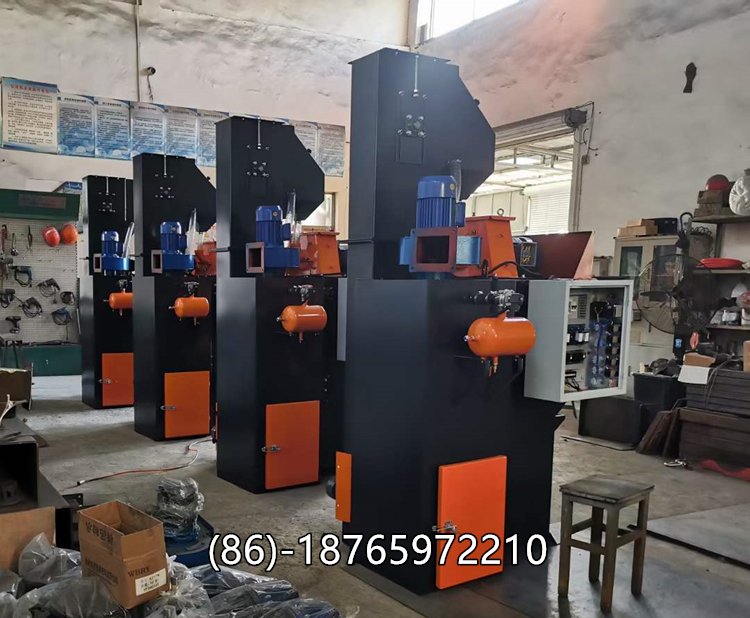As someone who has spent years on the workshop floor, I’ve seen how the tumble shot blasting machine has become one of the most dependable tools for surface cleaning and finishing in metal processing. It’s simple, tough, and efficient. But as manufacturing moves toward smarter, greener, and more automated systems, it’s worth looking at where this machine is heading next.
Tumble Shot Blasting Machine built to clean, descale, and strengthen small to medium-sized castings or forgings. Among the numerous shot blasting machines tumble type shot blasting machine stands out for its simplicity, durability, and efficiency.
Future of Tumble Shot Blasting Machines
1. Smarter Automation and Control
Older tumble machines relied heavily on manual operation and fixed timers. Now, modern systems are being equipped with PLC and touch-screen controls, allowing operators to set blasting time, wheel speed, and abrasive flow with precision. The result? More consistent surface quality and less wasted abrasive.
In the near future, I expect to see sensor-based feedback systems that automatically adjust blasting parameters based on part load, wear condition of the blades, or abrasive size. That kind of intelligence will cut downtime and improve shot usage efficiency.
2. Improved Abrasive Management
A lot of energy and cost goes into abrasive recycling. New designs now use high-efficiency separators and dust collectors that clean and reuse shot more effectively. This not only reduces material loss but also keeps the working environment cleaner — something every workshop can appreciate.
Expect to see closed-loop abrasive systems becoming standard, minimizing both environmental impact and maintenance frequency.

3. Focus on Energy Efficiency
Energy efficiency used to be an afterthought, but not anymore. The new generation of high-speed blast wheels delivers the same cleaning intensity with lower power consumption. Combined with variable frequency drives (VFDs), these systems can adjust energy use dynamically based on load, saving considerable operating costs over time.
4. Adaptation to Different Materials and Parts
Traditional tumble machines worked great for small to medium ferrous parts. Now, with better lining materials and gentler tumbling motion, they’re being adapted for non-ferrous, aluminum, and even delicate castings. The future models will likely feature adjustable tumble speeds and custom basket linings to handle a wider range of components without damage.
5. Integration with Digital Manufacturing
In Industry 4.0 environments, machines don’t work alone. I can already see how networked tumble shot blasting machines could share production data with upstream and downstream processes — for example, automatically updating part status or maintenance schedules through a central control system.
This kind of integration will make production lines more traceable, more predictable, and much easier to manage remotely.
Conclusion
The tumble shot blasting machine may look the same on the outside, but its future lies in smart control, energy savings, and environmental responsibility. For us engineers, that means less guesswork, fewer breakdowns, and higher output quality.
It’s an old workhorse, no doubt — but with modern upgrades, it’s becoming smarter, cleaner, and more adaptable than ever.

